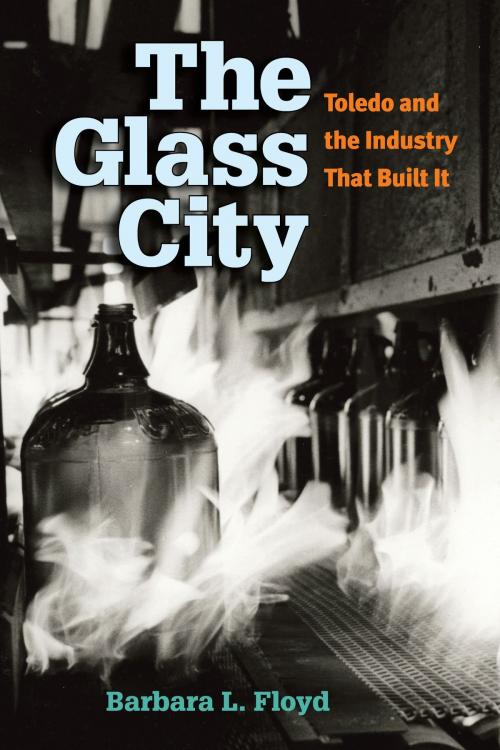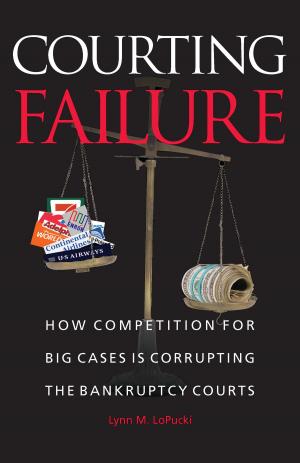| Author: | Barbara L Floyd | ISBN: | 9780472120642 |
| Publisher: | University of Michigan Press | Publication: | October 30, 2014 |
| Imprint: | UNIVERSITY OF MICHIGAN REGIONAL | Language: | English |
| Author: | Barbara L Floyd |
| ISBN: | 9780472120642 |
| Publisher: | University of Michigan Press |
| Publication: | October 30, 2014 |
| Imprint: | UNIVERSITY OF MICHIGAN REGIONAL |
| Language: | English |
The headline, “Where Glass is King,” emblazoned Toledo newspapers in early 1888, before factories in the Ohio city had even produced their first piece of glass. After years of struggling to find an industrial base, Toledo had attracted Edward Drummond Libbey and his struggling New England Glass Company to the shores of the Maumee River, and many felt Toledo’s potential as “The Future Great City of the World” would at last be realized.
The move was successful—though not on the level some boosters envisioned—and since 1888, Toledo glass factories have employed thousands of workers who created the city’s middle class and developed technical innovations that impacted the glass industry worldwide. But as has occurred in other cities dominated by single industries—from Detroit to Pittsburgh to Youngstown—changes to the industry it built have had a devastating impact on Toledo. Today, 45 percent of all glass is manufactured in China.
Well-researched yet accessible, this new book explores how the economic, cultural, and social development of the Glass City intertwined with its namesake industry and examines Toledo’s efforts to reinvent itself amidst the Midwest’s declining manufacturing sector.
The headline, “Where Glass is King,” emblazoned Toledo newspapers in early 1888, before factories in the Ohio city had even produced their first piece of glass. After years of struggling to find an industrial base, Toledo had attracted Edward Drummond Libbey and his struggling New England Glass Company to the shores of the Maumee River, and many felt Toledo’s potential as “The Future Great City of the World” would at last be realized.
The move was successful—though not on the level some boosters envisioned—and since 1888, Toledo glass factories have employed thousands of workers who created the city’s middle class and developed technical innovations that impacted the glass industry worldwide. But as has occurred in other cities dominated by single industries—from Detroit to Pittsburgh to Youngstown—changes to the industry it built have had a devastating impact on Toledo. Today, 45 percent of all glass is manufactured in China.
Well-researched yet accessible, this new book explores how the economic, cultural, and social development of the Glass City intertwined with its namesake industry and examines Toledo’s efforts to reinvent itself amidst the Midwest’s declining manufacturing sector.















